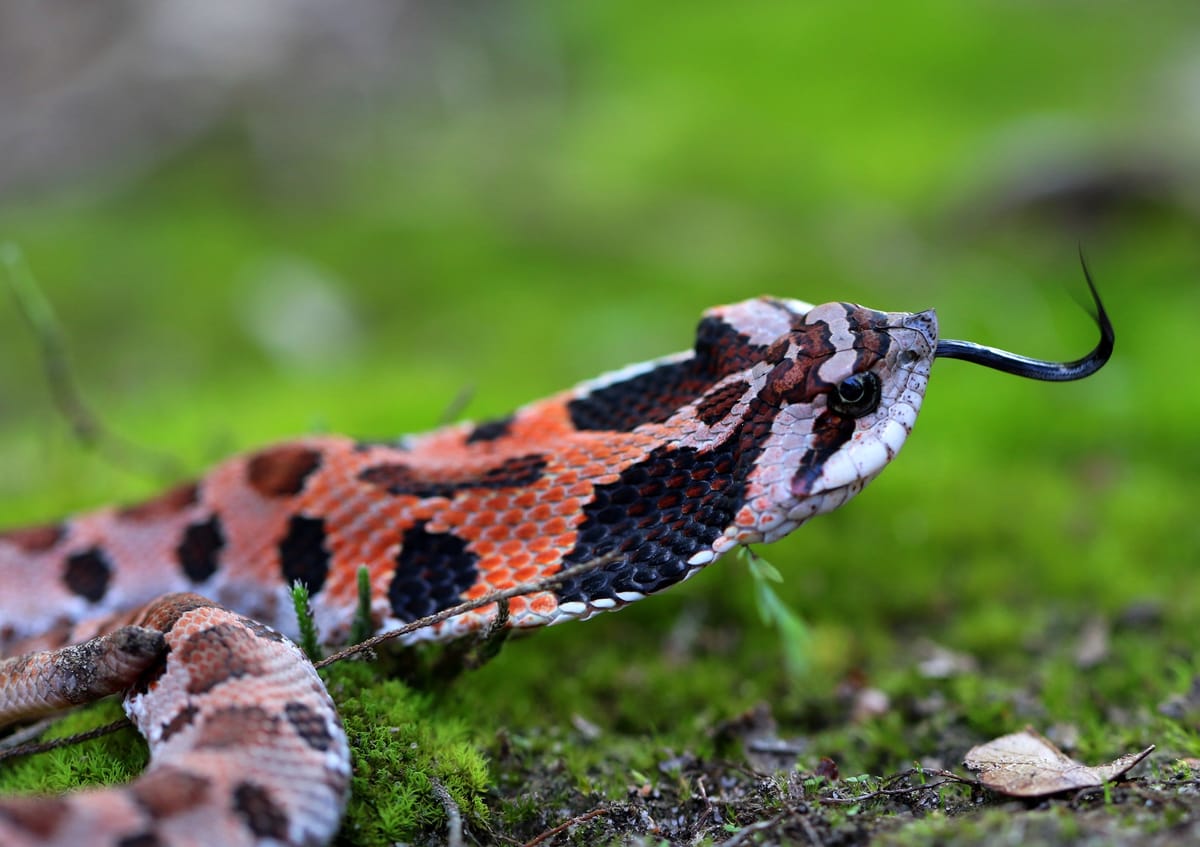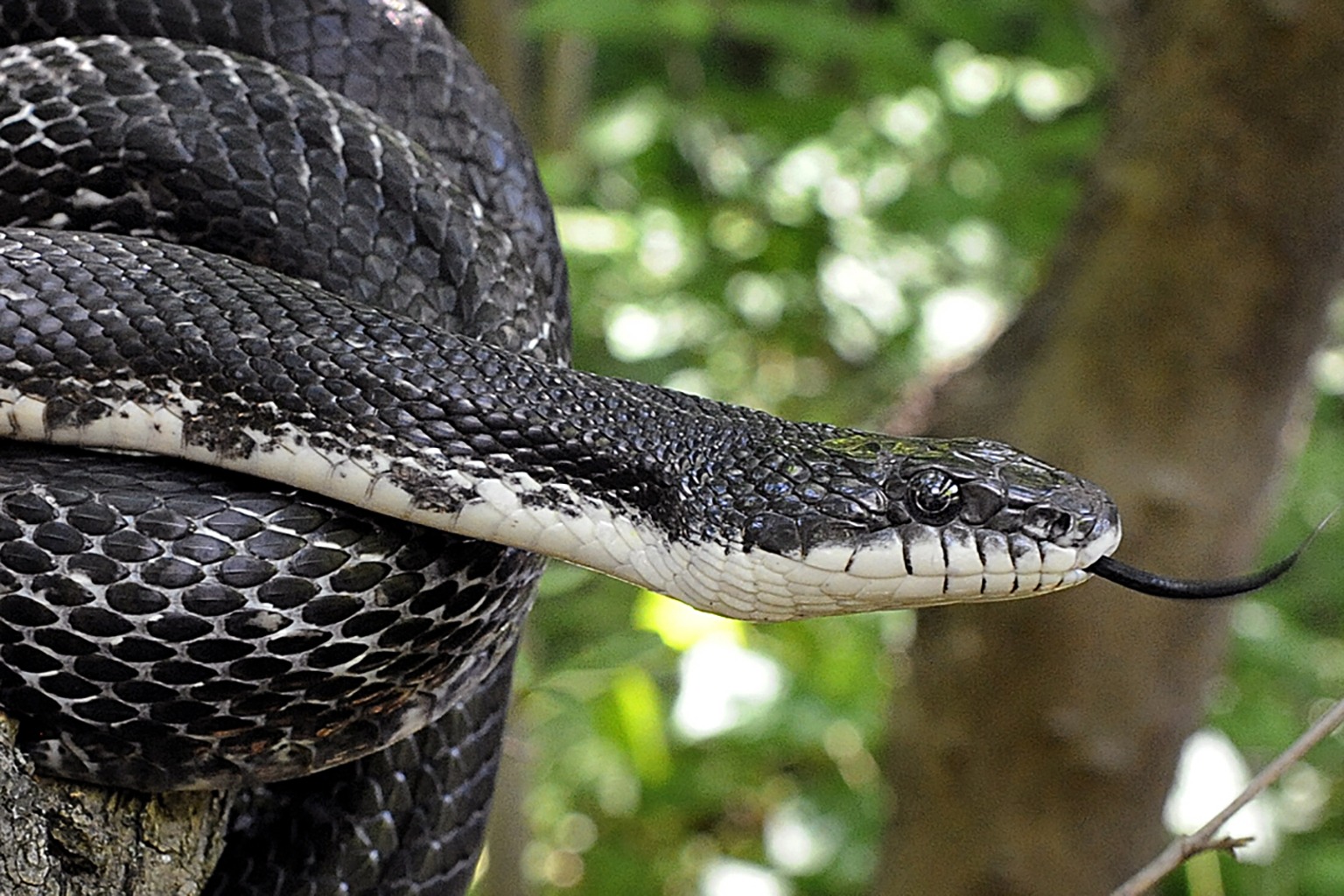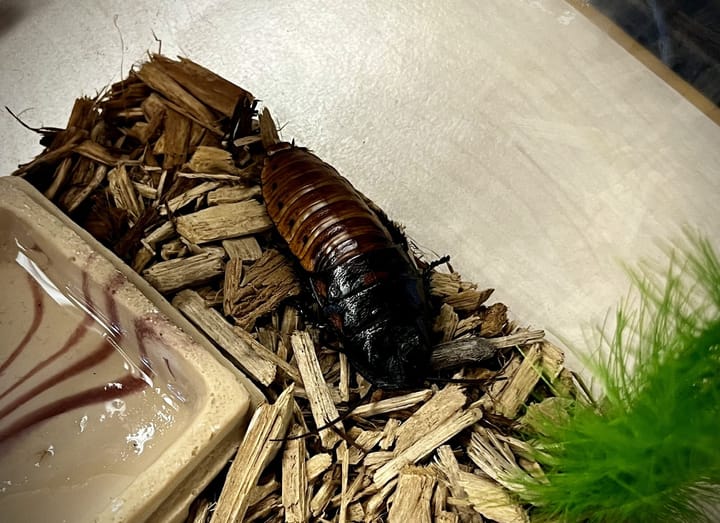A Student Snake Specialist on Connecticut's Snakes
The final segment in a in a four-part series exploring Connecticut's native snakes.

Connecticut isn't known for its exciting wildlife. That all changes when in comes to snakes. In the final installment of a four-part series, a look at four of Connecticut's fascinating native snakes.
The Northern Black Racer
Coluber constrictor
The northern black racer is the second longest snake in Connecticut, measuring 4–5 ½ feet in length. This snake got its name from the fact that it can move at speeds of up to ten miles per hour. Unlike other snake species, the black racer doesn’t constrict its prey; instead, it pins the prey down and swallows it whole.
The Eastern Worm Snake
Carphophis amoenus amoenus

The eastern worm snake is one of the smallest snakes in Connecticut, reaching a maximum length of about 12 inches. Being so small, this snake is often confused with worms, thus the inspiration for its common name. This snake is a fasourial species, which means that it spends most of its time underground. To help with its underground lifestyle, it has a sharp point at the end of its tail that is sometimes mistaken as a stinger.
The Eastern Rat Snake
Pantherophis alleghaniensis

The eastern rat snake is the longest of the snakes in Connecticut, ranging from about four to six feet (though the record-holding specimen measured in 8.4 feet). The eastern rat snake is known to be an amazing climber, often found feeding on rodents, frogs, birds, and their eggs. They have also been caught eating baby chickens and young pheasants, thus earning them the name ‘the chicken snake.’ Young rat snakes have many predators, including hawks, cats, and other snakes, but the adults’ only problems are humans and dogs as threats.
The Eastern Hognose
Heterodon platirhinos

The eastern hognose is a medium-sized snake that measures between two and three feet. This snake has a very particular diet that is focused primarily on toads. While many snakes can’t eat toads because of their toxins, hognoses are able to do so — even reabsorbing the toxins to make themselves poisonous. Grooved fangs placed at the back of the hognose’s throat allow it to pop an inflated toad.
While hognoses may be great at eating toads, smaller hognoses make a great snack for larger amphibians. As babies, the Hognoses are only about six to seven inches, making them an easy target for predators. One way they combat this is their large arsenal of defense mechanisms: playing dead, loud hissing, striking, and even flattening their head to look like a cobra.





